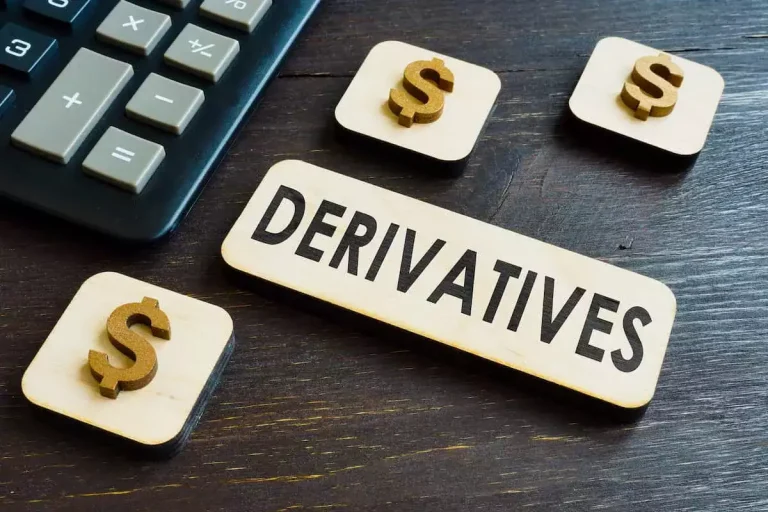Users can act as liquidity provider to Aave’s liquidity swimming pools to earn yield. They can also stake digital property to take part in the protocol’s governance. Owners of AAVE, the platform’s governance token, can vote for protocol upgrades and different improvement proposals. In some instances, the creator of the pool determines the annual percentage price (APR) manually and might change it at any time. The protocol uses a wise contract to determine and alter the APR in other instances. Some protocols, similar to Yearn Finance, look at various yield farming platforms to evaluate APRs and deposit tokens in the pool with the very best APR.
Participating in a liquidity pool can produce even higher earnings, but it carries extra threat. If you’re seeking to increase your returns in your cryptocurrency investments, you may be interested in yield farming. Yield farming is the method of using decentralized finance (DeFi) protocols to generate further earnings on your crypto holdings. The potential for high annual share yields (APY) attracts investors hoping for returns that outperform traditional investments. If demand for allocated reward tokens collapsed, gains could be lost, and liquidations would likely follow.
Yield Farming Vs Staking: What’s The Difference?
In yield farming, merchants can earn as a lot as one hundred pc annual proportion yield (APY), depending on the protocol. Curve is a yield farming platform the place users can carry out trustless token swaps across stablecoin liquidity pools. Curve makes use of its own Automated Market Maker (AMM) algorithm that enables buying and selling liquidity with low slippage across low-risk stablecoin pools https://www.xcritical.com/. The protocol runs on the Curve DAO Token (CRV), with which users can make choices through governance voting energy. Yield farming is a popular technique of producing yields throughout the international DeFi (decentralized finance) markets. It offers the potential to achieve above-average returns via the depositing of cryptocurrencies into yield farming protocols.
In change for locking up the tokens, the network rewards the consumer with a specific amount of cryptocurrencies as soon as a block is added to the blockchain. Another risk to focus on is the potential for lending interest rates to vary. Since rates of interest are decided based mostly on supply and demand, a sudden spike in supply for an asset can lead to a big drop within the curiosity you obtain as a lender. Yield farming as a lender would require you to make use of a DeFi protocol such as Compound or Aave. When you wish to lend, you exchange the tokens you wish to lend for their equivalent tokens. The trade fee on those tokens is consistently enhancing as loans acquire interest from debtors.
Yield farmers might use Maker to mint DAI for use in yield farming strategies. Compound is an algorithmic cash market that allows users to lend and borrow belongings. Anyone with an Ethereum pockets can contribute property to Compound’s liquidity pool and earn rewards that begin compounding immediately.
Yearnfinance (yfi)
Leveraging an Automated Market Maker (AMM), the PankcakeSwap runs on the CAKE governance token that provides users with governance rights. A yield farmer can earn rewards by offering liquidity to a decentralized application (dApp), similar to a decentralized exchange (DEX). In a bullish market, yield farming can yield greater profits because of increased demand for decentralized finance products.
As the prices of a token pair fluctuate in the liquidity pool, the ratio retains readjusting to stabilize the entire value. When liquidity suppliers deposit equal quantities of tokens into a decentralized change liquidity pool, they get a proportionate amount of liquidity provider (LP) tokens. Though it might sound sophisticated, yield farming works by liquidity suppliers depositing tokens into a liquidity pool. Impermanent loss happens when the value of the belongings in a liquidity pool diverges over time.
The Origins Of Yield Farming
If you resolve to put your crypto assets into a lending protocol, you can earn even larger yields. Several lending protocols have emerged to supply crypto holders the ability to access the value of their cryptocurrency holding without having to liquidate their belongings and incur taxes. So, to get a loan for $100 worth of a crypto, a borrower could have to put down $200 worth of collateral. Borrowers can use lending protocols — such as Compound (COMP -0.33%) or Aave (AAVE 4.01%) — to take out loans against their crypto assets. Blockchains that use a proof-of-stake system — corresponding to Solana (SOL -3.49%), Cardano (ADA 6.2%), and Polkadot (DOT 6.3%) — reward stakeholders for confirming transactions on the blockchain. Ethereum (ETH -0.34%) can additionally be moving toward a proof-of-stake system with Ethereum 2.0 and will present rewards for these staking its Ether cryptocurrency.

This guide will explain every little thing you have to know about taxes on crypto buying and selling and income.
Some protocols will work to stabilize rates of interest for lenders in search of extra consistent returns. The means cryptocurrency staking works is that you pledge your tokens to a blockchain protocol such as Solana. The protocol will then choose one individual from those staking to substantiate the subsequent block in the blockchain. If you imagine in the long-term potential of a blockchain project using the proof-of-stake system, you may be interested in shopping for the native token and staking it to earn extra rewards. First, from the perspective of DeFi customers, it’s a strategy the place users look for the best yields amongst different DeFi initiatives to lock their tokens and gain rewards. Since an individual person solely has a set variety of tokens, in search of the best yields is crucial.

Additionally, yield farming is open to anyone — no matter web worth — as a result of there are fewer capital requirements than these of traditional banks. Most notably though, yield farming is prone to hacks and fraud due to attainable vulnerabilities within the protocols’ sensible contracts. Note that you may see the proportion of your buying and selling pair shift over time, especially with more risky cryptocurrencies. This can lead to impermanent loss, which is the lower in value of your holdings in comparison with when you had merely stored your cryptocurrency out of the liquidity pool. The best approach to be a staker and to start incomes staking rewards is by doing so via a crypto trade like Coinbase.
Regulatory Danger
It allows anyone to lock up (stake) Synthetix Network Token (SNX) or ETH as collateral and mint artificial belongings in opposition to it. Synthetic belongings can be thought of as tokenized derivatives that use blockchain know-how to copy the value of their underlying property What is Yield Farming. As such, they provide an accessible way to hold and commerce assets with out truly owning them. Virtually any monetary asset, such as stocks, altcoins, or choices contracts, may be added to the Synthetix platform.

In return for offering their tokens for liquidity on a decentralised trade (DEX), the LPs earn a portion of the fees paid by users on the DeFi platform. In some circumstances, customers could lock their tokens in a pool with a high payout, only to find the pool dropped the rewards later within the week. Keeping up with the varied pools’ rewards and growing a yield farming technique could be a problem. Most high-reward methods — both in conventional monetary markets and cryptocurrency markets — include excessive risk. Below, we’ll explore a number of the risks of yield farming, including smart contract vulnerabilities, impermanent loss on returns, and market volatility.
- Users contribute their funds to liquidity pools to take care of liquidity out there, and in return, they receive rewards within the form of additional tokens or a share of transaction charges.
- A certain share of interest is paid again as yield when debtors pay back on their loans.
- Many DeFi protocols permit users to withdraw their tokens at the click of a button.
- At first look, yield farming could look like a risk-free investment strategy for users to place their tokens to work.
However, the entire above methods require the usage of an intermediary or third party. Yield farming occurs in a decentralized surroundings; subsequently, borrowing and lending are peer-to-peer (P2P) and executed routinely by sensible contracts. For instance, for example you provide $100 of Ether and $100 of DAI ($200 total) to the liquidity pool, which has a total worth of $20,000. If the quantity of charges collected on exchanges between Ether and DAI for the day are $100, you’ll earn $1. This article will cover what yield farming is, the way it works, and the advantages and dangers of using yield farming to boost your cryptocurrency returns. The recognition of yield farming has waned, and yields have muted, because the peak of 2020 after the collapse of the TerraUSD stablecoin last yr.
There is an in depth historical past of regulatory risk, such because the Securities and Exchange Commission (SEC) itemizing sure assets as securities, thereby bringing them under their jurisdiction. The New York Attorney General has also banned some yield farming platforms, with a number of different states issuing stop and desist orders. Understanding and mitigating dangers similar to impermanent loss, smart contract exploits, and rug pulls is paramount. Yield farming has attracted attention within the cryptocurrency house as a means for customers to earn passive earnings past conventional methods like trading or holding property.
